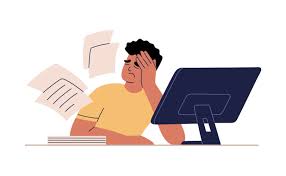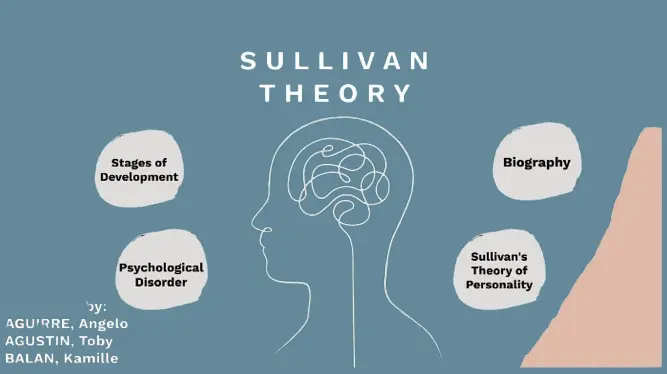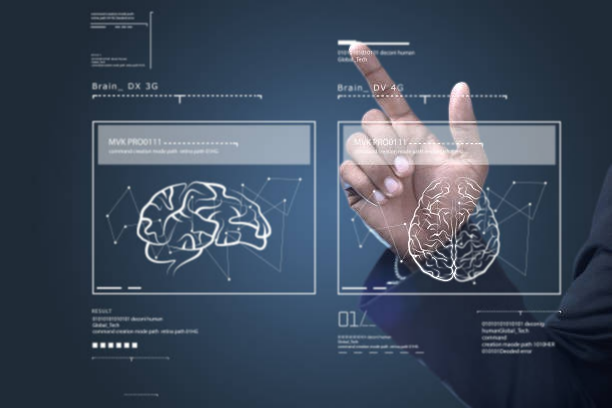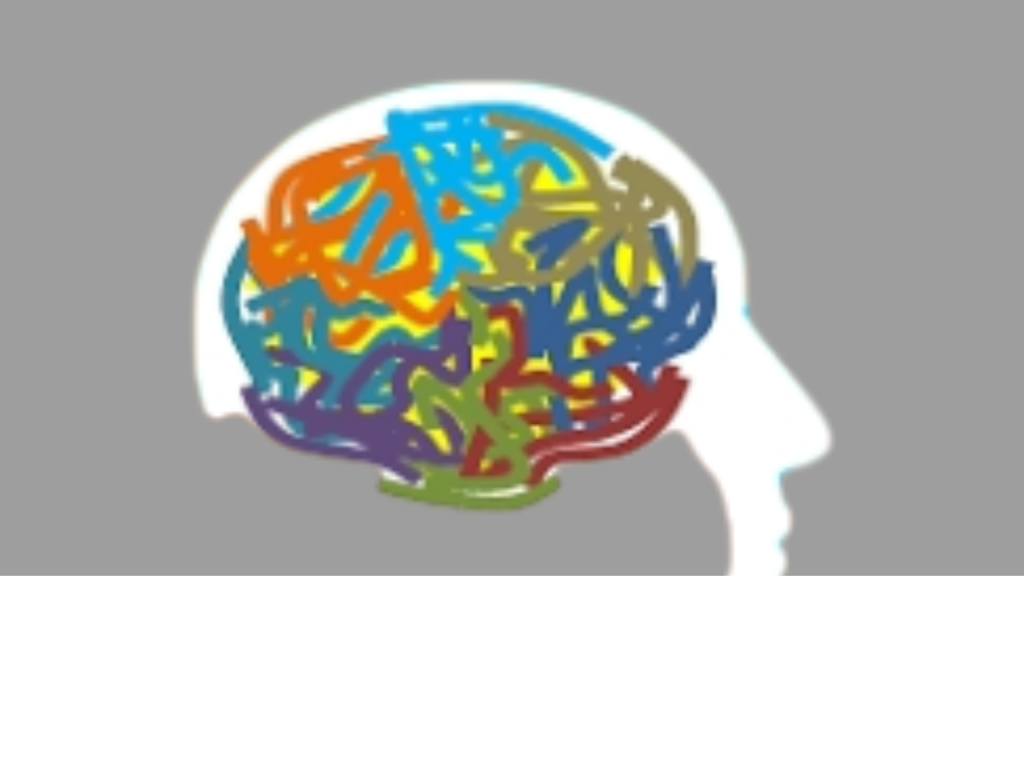Introduction
Technology has transformed our world in remarkable ways. From instant communication to remote work, from endless entertainment to constant access to knowledge, our digital lives are deeply woven into every part of daily existence. Yet, this convenience comes at a cost — digital burnout.

Digital burnout is more than feeling tired after scrolling through social media or spending long hours on Zoom calls. It’s a state of mental, emotional, and sometimes physical exhaustion caused by excessive digital exposure and constant online connectivity. In today’s world, where smartphones never leave our hands and notifications demand constant attention, digital burnout has quietly become one of the most pressing wellness issues of our time.
This article explores what digital burnout really is, why it happens, who’s at risk, and — most importantly — how to prevent and recover from it.
What Is Digital Burnout?
Digital burnout refers to the feeling of extreme fatigue, detachment, and reduced motivation that results from overuse of digital devices and constant online engagement. It’s similar to occupational burnout, but instead of workplace stress alone, the root cause lies in continuous digital stimulation.
Unlike typical stress, which may fade with rest or a vacation, digital burnout lingers because the source of exhaustion — technology — is everywhere. It follows you from work emails to Netflix, from social feeds to notifications. The human brain isn’t designed for such relentless input, and over time, the result is mental overload, emotional exhaustion, and even physical symptoms like headaches and insomnia.
Digital burnout often sneaks in quietly. You might begin by checking your phone for work updates, then scroll through social media to “relax.” Hours later, you feel drained, distracted, and strangely empty — a clear sign that your digital habits are taking a toll.
Causes of Digital Burnout
Understanding what causes digital burnout helps us take conscious control of our habits. Here are the most common triggers:
1. Constant Notifications and Multitasking
Our devices constantly demand attention. Emails, messages, alerts, and pings interrupt focus, forcing our brains to switch tasks dozens of times per hour. This constant fragmentation prevents deep work and depletes mental energy.
2. Social Media Overload
Social platforms are designed to be addictive. The endless scrolling, comparison, and validation cycles release dopamine — the brain’s reward chemical — and create a craving for more. Over time, this can lead to anxiety, insecurity, and chronic mental fatigue.
3. Blurred Work-Life Boundaries
With remote and hybrid work, many people feel pressured to stay connected after hours. The inability to “log off” means rest time becomes an extension of work time. This lack of separation erodes well-being.
4. Information Overload
We’re bombarded with more data in a single day than people used to receive in years. The brain struggles to process constant news updates, online discussions, and information streams, leading to cognitive exhaustion.
5. Fear of Missing Out (FOMO)
Social media and online culture create a fear of being left out of trends, conversations, or opportunities. This psychological pressure keeps people checking their devices even when they crave a break.
Signs and Symptoms of Digital Burnout
Digital burnout manifests differently for everyone, but these signs are the most common indicators:
Emotional Symptoms
- Irritability and mood swings
- Feelings of detachment or apathy
- Heightened anxiety or sadness
- Overwhelm when facing simple digital tasks
Physical Symptoms
- Eye strain and headaches from screens
- Muscle stiffness, neck and shoulder pain
- Fatigue despite adequate sleep
- Insomnia or disrupted sleep cycles
Behavioral Symptoms
- Reduced focus and creativity
- Procrastination or decreased motivation
- Constant urge to check devices
- Withdrawal from offline social interactions
If you notice several of these symptoms, it’s a strong signal that your digital life may need recalibration.
The Psychological and Physical Effects of Digital Burnout
The human nervous system wasn’t built for continuous stimulation. When we’re constantly connected, our fight-or-flight system — meant for short bursts of activity — stays activated for long periods.
Cognitive Impact
Digital burnout impairs attention, memory, and problem-solving. Constant multitasking trains the brain to function at shallow levels, making deep thinking and creativity harder. Many people describe a “mental fog” that limits their focus.
Emotional Impact
The endless cycle of online interaction can trigger emotional exhaustion. Comparison culture on social media may lead to feelings of inadequacy. Over time, people lose interest in activities they once enjoyed, feeling drained but unable to disconnect.
Physical Health Impact
Extended screen exposure causes posture problems, eye fatigue, and poor sleep hygiene due to blue light. Lack of real rest weakens the immune system and contributes to chronic stress conditions.
The effects of digital burnout can resemble clinical burnout or depression, which is why addressing it early is crucial.
Who Is Most at Risk?
Digital burnout can affect anyone, but certain groups face higher exposure due to lifestyle and work demands.
Remote Workers
People working from home often struggle to separate work hours from personal life. Constant video calls, emails, and chat notifications create a nonstop digital environment.
Students
With online learning, students spend long hours staring at screens, completing assignments, and interacting through digital platforms. The lack of real-world interaction can compound fatigue.
Content Creators and Freelancers
Creators, marketers, and freelancers rely heavily on digital platforms for income. The pressure to stay relevant, engage audiences, and constantly produce content leads to digital exhaustion.
Healthcare and Customer Service Professionals
These roles often involve continuous digital communication and high emotional demands, both of which contribute to burnout.
General Social Media Users
Even casual users can experience digital fatigue. The endless stream of information, entertainment, and comparison creates subtle yet chronic mental strain.
How to Prevent Digital Burnout
Preventing digital burnout requires intentional digital hygiene — managing how and when we engage with technology. Here are proven strategies:
1. Set Boundaries for Screen Time
Create device-free zones or times. Avoid screens during meals, before bed, and right after waking up. Use apps that track and limit screen usage if necessary.
2. Practice Mindful Tech Use
Before opening an app, ask yourself why. Are you checking it out of habit or purpose? Mindful awareness helps reduce automatic scrolling.
3. Schedule “Digital Sabbaths”
Dedicate one day or a few hours weekly to unplug completely. Engage in nature, hobbies, or face-to-face connections. This resets your nervous system and restores balance.
4. Customize Notifications
Turn off nonessential alerts. Prioritize calls and important messages but mute social media and promotional notifications.
5. Prioritize Deep Work
Batch tasks and block time for focused work without interruptions. Avoid switching between apps or tabs excessively.
6. Balance Work and Rest
Define clear work hours, especially in remote setups. Once the day ends, step away from screens entirely to let your mind unwind.
7. Improve Physical Habits
Take short breaks to stretch, rest your eyes, and move around. Regular exercise counteracts the sedentary effects of digital work.
How to Recover from Digital Burnout
If you’re already feeling burned out, recovery is possible with conscious effort and patience.
1. Acknowledge and Assess
The first step is awareness. Recognize that you’re overwhelmed and identify what digital activities drain you most — whether it’s work emails, social media, or binge-watching.
2. Start a Gradual Digital Detox
Going offline cold turkey may not be practical. Instead, reduce usage gradually. Start by cutting nonessential screen time by 30 minutes daily and build from there.
3. Reconnect with the Physical World
Engage in activities that ground you — gardening, cooking, reading a paper book, or walking outdoors. Sensory experiences remind your brain of balance and calm.
4. Practice Mindfulness and Breathing
Meditation, yoga, or deep breathing exercises help reset your stress response. These practices calm the nervous system overstimulated by digital exposure.
5. Create Tech-Free Routines
Design daily rituals without devices — like a morning walk, journaling, or a quiet coffee moment. Over time, these habits rewire the brain to find pleasure outside screens.
6. Seek Professional Support
If symptoms persist or impact your daily life, consider therapy. Cognitive Behavioral Therapy (CBT) and mindfulness-based counseling can help rebuild attention and reduce anxiety linked to digital fatigue.
7. Prioritize Sleep
Keep devices away from your bedroom. The blue light from screens disrupts melatonin, making it harder to fall asleep. A restful night’s sleep accelerates recovery.
The Role of Workplaces and Organizations
Digital burnout isn’t just an individual issue — it’s a workplace wellness concern. Companies that rely heavily on digital tools need to foster healthier tech cultures.
1. Encourage Realistic Workloads
Employers should recognize that constant connectivity reduces productivity over time. Setting clear boundaries around work hours prevents fatigue and fosters efficiency.
2. Promote Digital Well-Being Policies
Encourage teams to take breaks from screens. Promote “no-email” weekends or meeting-free days to help employees recharge.
3. Provide Mental Health Resources
Workplaces can support employees by offering access to counseling, workshops, and wellness programs focused on stress management and mindful tech use.
4. Lead by Example
Managers and leaders who model balanced digital behavior — like avoiding after-hours messages — set healthy expectations for their teams.
Digital Balance: Building a Sustainable Relationship with Technology
Technology isn’t the enemy — imbalance is. The goal isn’t to eliminate screens but to use them with intention.
1. Redefine Productivity
Productivity isn’t about being online constantly. It’s about achieving meaningful results efficiently. Focus on quality work, not endless connectivity.
2. Reconnect with Real Life
Spend time with people in person, not just online. Nature walks, hobbies, and offline experiences rejuvenate mental energy.
3. Practice Gratitude and Presence
When you’re offline, stay present. Notice details — sounds, textures, feelings. These mindful moments reduce stress and help you reset.
4. Simplify Your Digital World
Unsubscribe from unnecessary emails, limit apps, and organize your digital spaces. A cleaner digital environment supports mental clarity.
5. Embrace “Digital Minimalism”
Adopt a philosophy of using technology only for purposeful, value-driven activities. Less screen time often leads to more life satisfaction.
Conclusion
Digital burnout is a modern epidemic — subtle, pervasive, and deeply linked to our hyperconnected lifestyles. The same technology that empowers us can also drain us when used without balance. But by setting mindful boundaries, practicing self-care, and nurturing offline connections, we can regain control of our time, attention, and peace of mind.
Recovery isn’t about rejecting technology — it’s about redefining our relationship with it. Every small step toward balance, from turning off notifications to taking device-free walks, builds resilience and restores joy in the real world.
Remember: digital tools should serve you — not control you.
Find your rhythm, unplug regularly, and reconnect with the present moment. True well-being begins not in the glow of a screen, but in the calm of a balanced life.



